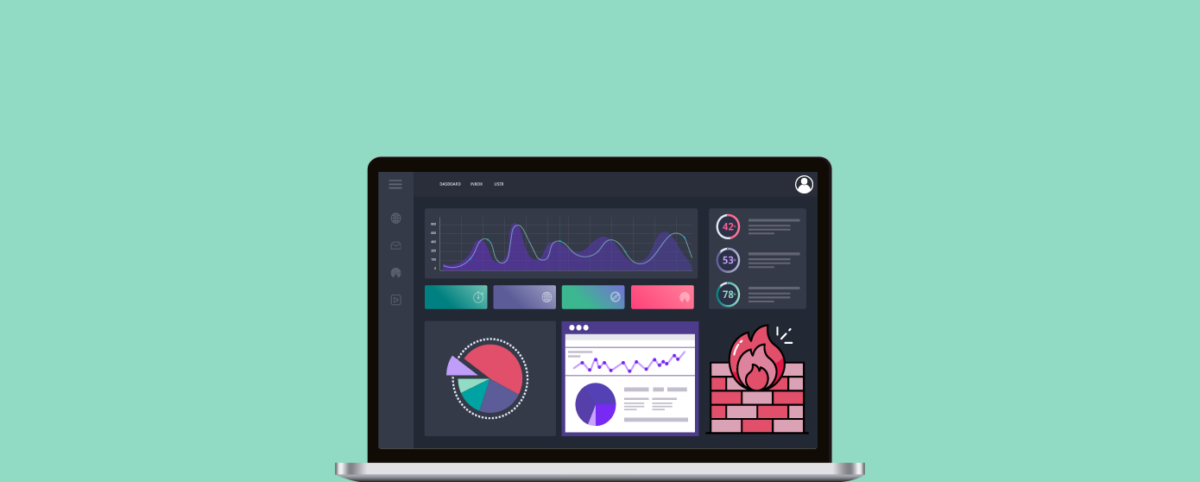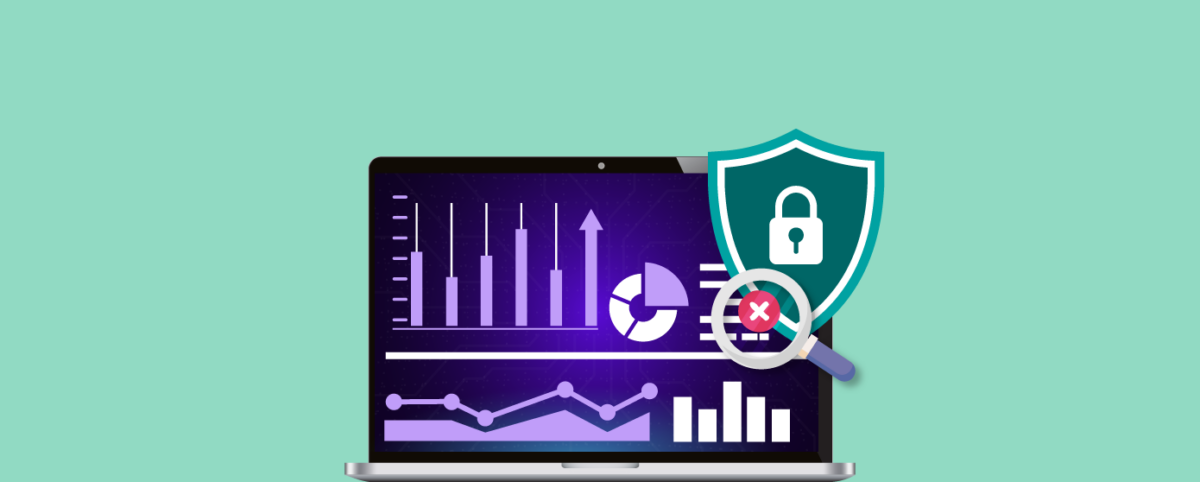Best Vulnerability Management Platforms MSSP Buyer’s Guide
Cybercriminals are not waiting around; they are exploiting vulnerabilities faster than ever. According to the 2025 Verizon Data Breach Investigations Report (DBIR), vulnerability exploitation accounted for 20% of breaches, marking a 34% jump from last year. This sharp rise highlights a hard truth: leaving security gaps unaddressed is an open invitation to attackers.
For Managed Security Service Providers (MSSPs), this surge is both a challenge and an opportunity. Organizations are looking to their MSSPs to stay ahead of threats with smarter, faster, and more scalable solutions. At the center of this effort lies the Vulnerability Management (VM) platform, the tool that enables MSSPs to detect, prioritize, and remediate risks across diverse client environments. But with so many options on the market, how do MSSPs choose the right one?
Why MSSPs Need a Purpose-Built VM Platform
Choosing the right vulnerability management platform for MSSPs is not just about finding a tool to scan for weaknesses. It directly impacts client capacity, profitability, compliance readiness, and long-term scalability.
For Managed Security Service Providers (MSSPs), the challenge is delivering high-quality security across multiple clients each with unique infrastructures, risk profiles, and regulatory demands while controlling costs and maintaining margins.
Generic enterprise VM tools often fail in this environment, leading to:
- Siloed client data and poor multi-tenancy
- Heavy manual reporting
- Limited automation for remediation
- Complex licensing and unpredictable costs
By contrast, an MSSP-ready VM platform is designed for scalability, automation, and compliance, enabling security providers to serve more clients profitably.
MSSP-tailored systems emphasize centralized control, operational efficiency, and seamless client segmentation critical for maintaining visibility without compromising data isolation.
See the full list of Features MSSPs Must Look for in a DAST Scanner
This guide outlines key questions MSSPs can ask to evaluate and select the right vulnerability management (VM) solution.
Essential Questions MSSPs Must Ask Before Choosing a VM Platform
1. Can the platform manage multiple clients without risk or complexity?
MSSPs handle dozens or even hundreds of clients simultaneously. A vulnerability management platform must provide true multi-tenancy, strict separation of client data, centralized dashboards for analysts, and branded portals for clients.
Key Questions to Ask:
- Does the platform provide tenant-level isolation to prevent cross-client data exposure?
- Can I create branded portals and dashboards for each client?
- Does it support bulk onboarding and provisioning for faster client setup?
Efficient multi-tenancy reduces human error, accelerates time-to-revenue, and allows MSSPs to scale without adding unnecessary headcount. Platforms like Indusface WAS MSSP offer a consolidated, real-time view across clients while maintaining strict separation, making multi-client management seamless.
2. How much of the process can be automated?
Manual workflows erode margins. Automation is not optional; it is essential for profitability. A strong VM platform should automate:
- Continuous asset discovery across networks, cloud, and APIs
- Scheduled and event-driven scans
- SLA dashboards and audit-ready compliance reporting
Key Questions to Ask:
- Can automation reduce analyst effort per client?
- Does the platform generate white-labeled reports automatically?
- Are executive reports ready for audits without manual effort?
Automation also ensures consistent coverage catching newly onboarded assets, reducing dependency on manual scheduling, and aligning remediation efforts with SLAs.
Proper automation allows MSSPs to manage 2–3x more clients per analyst, improves SLA adherence, and enhances service quality.
3. Does the platform prioritize vulnerabilities based on actual risk?
Not all vulnerabilities pose the same threat. Risk-Based Vulnerability Management (RBVM) helps MSSPs focus on the vulnerabilities that matter most to clients.
Key Questions to Ask:
- Does the platform factor in asset criticality and exposure?
- Is real-time threat intelligence integrated (e.g., CISA Known Exploited Vulnerabilities)?
- Can I create client-specific or vertical-specific risk models?
- Does it prevent alert fatigue by surfacing only actionable vulnerabilities?
RBVM improves remediation efficiency, builds client trust, and positions your MSSP as a strategic partner rather than just a scanner operator.
4. Will the platform cover modern client environments comprehensively?
Modern enterprises rely on endpoints, cloud, containers, APIs, and microservices. Your vulnerability management platform must scan these diverse environments accurately.
Key Questions to Ask:
- Does it support authenticated scans for higher accuracy?
- Can it scan web apps and APIs aligned with OWASP Top 10?
The right VM solution should unify asset visibility across hybrid environments, eliminating blind spots between cloud workloads, on-prem assets, and external web exposures.
5. Will the scanner strengthen my brand or dilute it?
MSSPs earn trust through their brand. Many tools, however, expose vendor-branded outputs, undermining credibility.
Key Questions to Ask:
- Can I fully white-label reports and portals?
- How long does it take to generate branded reports?
- Can I provide my customers with access to their portal for them to download the reports on their own?
- Can I customize layouts and visual elements to reflect my brand?
Why It Matters:
Branded delivery positions your MSSP as a trusted partner, not just a tool operator. Indusface WAS MSSP supports complete white-labeling of dashboards, portals, and reports, with drag-and-drop customization, modular selection, and role-based visibility for precise client and analyst access.
6. Who carries the burden of false positives, and will clients trust the findings?
Analysts often spend hours verifying false positives which delays client reports and reduces efficiency. Meanwhile, vulnerabilities without proof are often ignored and clients need high-confidence evidence to act promptly.
Key Questions to Ask:
- Does the vendor validate false positives before they reach my team?
- Are ongoing accuracy improvements included?
- Does the scanner provide step-by-step proof-of-concept (PoC) evidence?
- Can PoCs be verified by humans when needed?
Indusface WAS, with its managed service team, ensures zero false positives through continuous monitoring. Every finding includes human-verified PoC evidence, helping analysts understand why it is classified as a vulnerability and enabling clients to act without hesitation. This approach saves hundreds of analyst hours and ensures faster, confident remediation.
7. Can I isolate and manage dozens of clients without confusion?
Poor multi-tenancy can create operational chaos for MSSPs managing multiple clients leading to data overlap, misconfigured permissions, delayed remediation, and increased risk of human error across environments. Proper segregation is essential to maintain client trust, operational efficiency, and compliance adherence.
Key Questions to Ask:
- Are client environments strictly segregated?
- Can I assign granular roles and access per client?
Indusface provides multi-tenant dashboards with role-based access controls (RBAC) and structured onboarding, ensuring secure client isolation and clear assignments.
8. Can I unify manual pentest results with automated findings?
Manual penetration tests detect business logic vulnerabilities that scanners may miss, such as price manipulation, authorization bypasses, or workflow exploitation, issues that often require human intuition to uncover.
Key Questions to Ask:
- Can I log manual findings into the same dashboard as automated results?
- Does it support deduplication, categorization, and combined reporting?
Indusface consolidates all findings into a single source of truth, reducing reporting time by up to 50%.
9. Does it play well with other tools I or my clients use?
Clients or testers may use external scanners for specialized testing such as Burp Suite, Nessus, or custom in-house scripts to validate specific exploits. Integrating reports of these tools ensures broader visibility and avoids fragmented assessments across multiple platforms.
Key Questions to Ask:
- Can I ingest data from Burp Suite or other scanners?
- Does the platform normalize and deduplicate external results?
Indusface supports imports via APIs or service team support, ensuring standardized delivery regardless of client or tester tools.
10. Is the pricing model aligned with MSSP growth?
Even the most robust platform can fail if pricing undermines profitability. When costs scale unpredictably such as being tied to scan frequency, asset volume, or fluctuating usage, MSSPs struggle to maintain margins and forecast revenue. A well-structured pricing model should grow with your client base, not against it, ensuring that expanding services remains both competitive and profitable.
Key Questions to Ask:
- Is pricing predictable and scalable (per asset or per client vs per scan)?
- Are tiered packages available for upselling advanced services?
- Are partner programs or volume discounts offered for MSSPs?
Indusface WAS MSSP edition uses a flexible per-scan model, allowing MSSPs to purchase scan blocks that scale with client growth, ensuring predictable cost control and profitability.
11. Does the vendor act as a long-term partner, not just a software provider?
Technology alone is not enough. Support, training, and integration readiness are equally critical.
Key Questions to Ask:
- Does the vendor provide bulk onboarding assistance?
- Are analyst training and certification resources available?
- Can the vendor integrate with PSA, SIEM, SOAR, and patching tools?
- Are customer success teams proactive in adoption support?
A vendor invested in your growth reduces friction, accelerates adoption, and ensures your MSSP can continuously deliver high-quality service.
MSSP Vulnerability Management Platform Scorecard
Use this scorecard to evaluate how well a vulnerability management platform aligns with your MSSP’s operational, technical, and business needs. Adjust weightings based on your priorities such as automation, compliance, or scalability.
| Capability | Evidence Required | Target SLO | Weight | Score |
|---|---|---|---|---|
| Multi-tenancy & Client Isolation | Demo of tenant-level separation, RBAC setup | 100% data isolation across clients | 15 | 1–5 |
| Automation & Workflow Efficiency | Automated scans, reporting, SLA dashboards | Reduce analyst time by ≥50% | 15 | 1–5 |
| Risk-Based Vulnerability Management (RBVM) | Threat intel integration, prioritization model | Actionable risk-based findings | 10 | 1–5 |
| Coverage Across Environments | Reports covering web and API (including manual PT) | ≥95% of client assets scanned | 10 | 1–5 |
| White-labeling & Branding | Branded portals/reports sample | 100% MSSP-branded delivery | 10 | 1–5 |
| False Positive Management | Proof-of-Concept evidence, validation logs | ≤1% false positives verified by vendor | 10 | 1–5 |
| Pentest + Automated Integration | Unified reporting view demo | Single dashboard for all findings | 10 | 1–5 |
| Tool Interoperability | API integrations with PSA/SIEM/SOAR | Seamless data flow across tools | 5 | 1–5 |
| Pricing & Scalability Model | Pricing sheet, partner tiers | Predictable and margin-positive | 10 | 1–5 |
| Vendor Partnership & Support | Onboarding, training, success manager evidence | Proactive partner enablement | 5 | 1–5 |
Indusface’s AI-driven Vulnerability Management platform meets these requirements, enabling MSSPs to onboard clients faster, automate compliance, and deliver scalable security services with confidence.
Book a demo with Indusface today to see how our unified platform helps MSSPs grow revenue while protecting clients at scale.
Stay tuned for more relevant and interesting security articles. Follow Indusface on Facebook, Twitter, and LinkedIn.
Frequently Asked Questions (FAQs)
A multi-tenant VM platform allows MSSPs to manage multiple clients securely within one system, ensuring data isolation while maintaining centralized visibility and reporting.
They often lack native multi-tenancy, rely on manual reporting, and carry licensing models that penalize growth, making them unsuitable for MSSP scalability.
RBVM prioritizes vulnerabilities based on exploitability, asset criticality, and real-time threat intelligence, reducing noise and focusing remediation on what matters most.

 October 9, 2025
October 9, 2025






